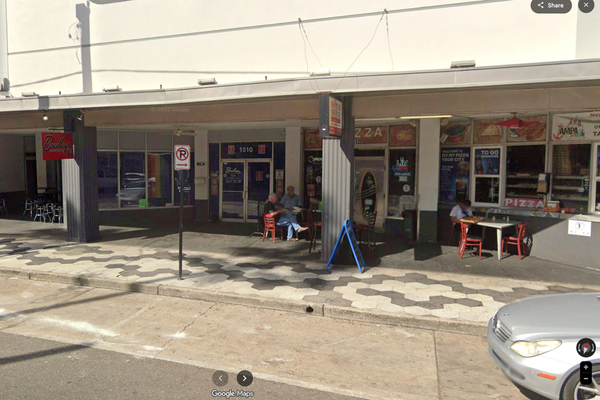
After years of making truffles and ganache with no problem, they’re suddenly seizing up and turning into an oily mess. I’ve tried different dark chocolates and melt in the microwave. What’s going on?
Louise, Birmingham
“It could be the chocolate itself, so check the ingredients, because there might be other things interfering,” says Guardian baking columnist Ravneet Gill. Baking chocolate, for example, often contains added oils and fats, which make it less reliable, so Gill suggests using a 70-72% bar from the confectionery aisle instead. And, says Joanna Brennan, co-founder of Pump Street Chocolate in Orford, Suffolk, buy the best quality you can afford: “Truffles and ganache are 100% based on the taste of the chocolate and cream.” (At their simplest, they are, after all, just two parts chocolate to one part cream.)
That said, technique is by far the most likely cause for Louise’s oily mess, and specifically her use of the microwave. “They get things very hot very quickly,” says Gill’s fellow Guardian columnist Benjamina Ebuehi. “It sounds as if the temperature of Louise’s chocolate is getting really high, and causing the fat in the chocolate to separate and go oily.” For this reason, Brennan, Gill and Ebuehi all heat their cream in a pan on the stove, then pour it over the chocolate in a heatproof bowl. “You don’t want to bring the cream to a boil, but you want it hot enough that it’s steaming,” Ebuehi says. And chop the chocolate finely (and all roughly the same size): “That way, it will melt evenly, and you won’t have to agitate it as much, which can also make it split.” Once the cream and chocolate are together, Gill leaves the bowl to stand for 30 seconds to a minute, and then, using a hand whisk, “slowly mix from the middle only, until it resembles ganache. Then, use the whisk to stir from the edges into the middle.” You’re looking only to combine the mix evenly, Gill says, not to incorporate any air.
If, however, disaster does strike, all is not lost. When faced with a stiff and split mix, Ebuehi turns to a tablespoon or two of warm milk: “Whisk in a little at a time, and that usually brings it together.” Gill, meanwhile, adds a few splashes of cold cream and beats it in with a hand blender: “It works for me every time.”
And remember, the whole point of a chocolate truffle is, well, the chocolate, so don’t get carried away with other flavourings (alcohol or vanilla extract, for example), which might turn the mix liquidy. If, however, you want to up the ante, infuse the cream first. “It’s my favourite way to add flavour,” says Brennan, who often chucks in a vanilla pod or mint leaves. Whatever you do, though, don’t bother giving your truffles a shiny, hard shell (like the ones you see in the shops). This is achieved by tempering the chocolate, a process that, Brennan says, is useful to understand, but rather unnecessary when it comes to making truffles at home. “I just make a firm ganache, ball it, and roll it in cocoa powder,” she says. “The magic of homemade truffles is that they really are homemade.”
Got a culinary dilemma? Email feast@theguardian.com







